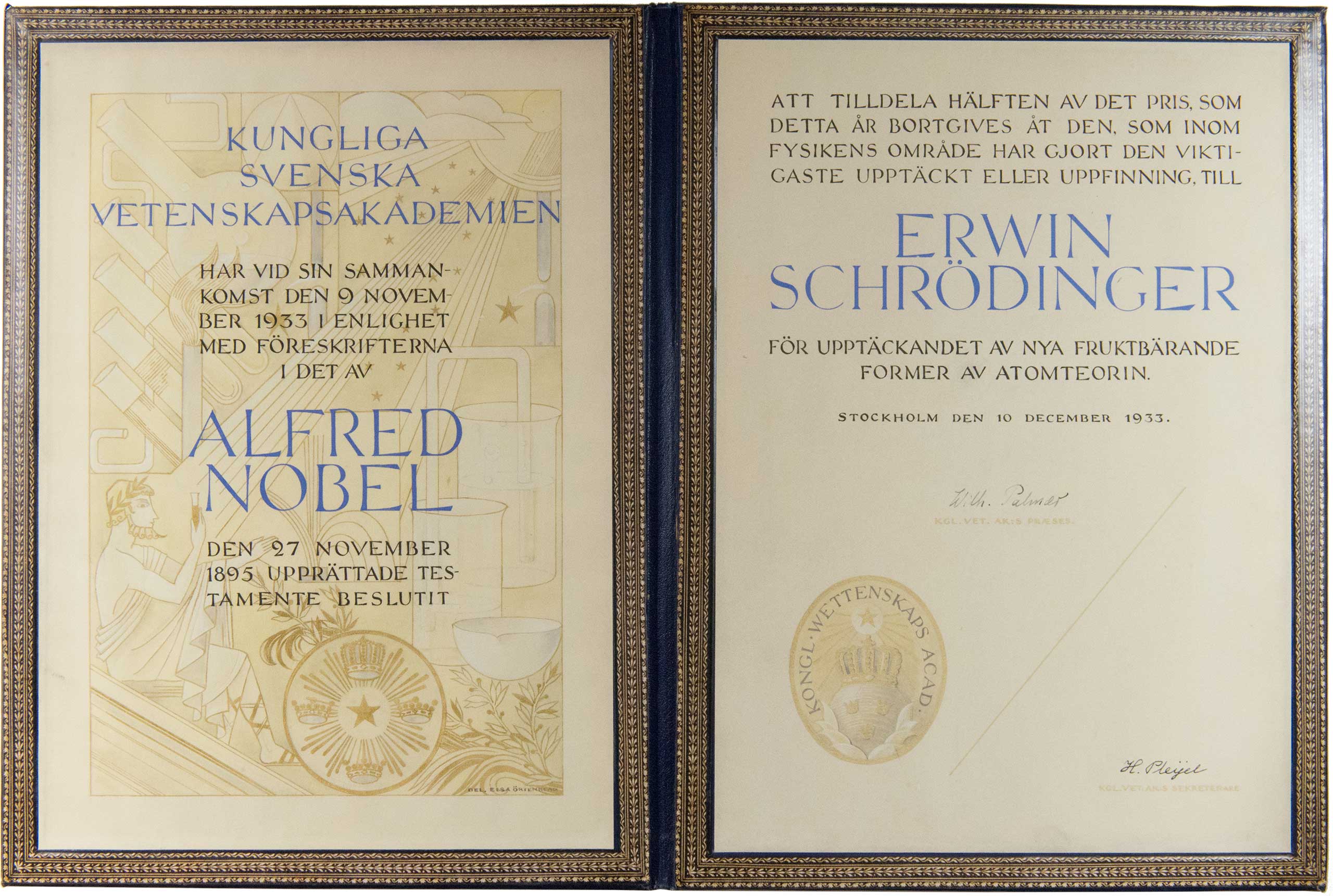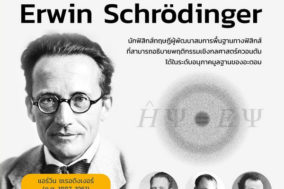
He is an expert on how climate trends and events impact ecosystems and people and recently led the Oceans and Marine Resources chapter of the fourth U.S. Unlike Schrödinger’s cat, we get to decide how alive we want to be.Īndrew Pershing is the director of Climate Science at Climate Central. Erwin Rudolf Josef Alexander Schrdinger (Viena-Erdberg, 12 de agosto de 1887 Viena, 4 de janeiro de 1961) foi um fsico terico austraco, conhecido por suas contribuies mecnica quntica, especialmente a equao de Schrdinger, pela qual recebeu o Nobel de Fsica em 1933. Each of these UN climate meetings offers another peek in the box that updates which of the simultaneous paths are still available to us. Individual countries, states, cities, as well as companies and people will continue to make decisions about their carbon use. There will be future climate summits that will keep slogging away on international agreements. Unlike Schrödinger’s experiment, opening the box in Glasgow won’t be the final word. One thing that Bembé’s quantum cat brain can’t quite process is that there are more than two climate futures. #COP26 #IPCC #ClimateMatters /399vCNN圜M- Andrew Pershing October 28, 2021 He's never shown much interest in my work, but I'm glad he's finally starting to take climate projections seriously. I left my computer and came back to find my cat Bembé staring at it. The decisions that come out of Glasgow will tell us whether we are likely to stay on the expensive, deadly, high-CO2 path - or whether there is a chance that we are on the path that is safer for people and cats. Our world exists simultaneously on two climate paths. Instead, think of COP26 as us taking a peek inside a box, a box that contains not just cats, but all of us. It is easy to think of this as another international meeting with people arguing over esoteric pieces of international policy like “nationally determined commitments” for voluntary emissions reduction and development banks. Next week, the nations of the world will get together in Glasgow for the UN climate conference COP26, with a goal to build a framework for reducing global carbon emissions enough to keep warming below 2 degrees Celsius, and ideally closer to 1.5 degrees. All of these numbers get magnified in the developing world, where the impacts are more intense and where the resources to deal with them are scarce. Under the lower scenario which limits warming to 1.5 degrees Celsius, deaths and disasters increase, but are only slightly higher than what we are currently experiencing. Heat-related deaths would increase by a factor of 10. Under this scenario, disasters and other climate impacts would consume 4 percent of U.S. The high CO2-high warming scenario on my graph rises to 4 degrees Celsius. All of this happened in one year under 1.1 degrees Celsius of global warming. have died in weather-related disasters that have cost the nation $104 billion. So far this year, at least 538 people in the U. A cat is locked up in a steel chamber, along with the following device (which must be secured against direct interference by the cat): in a Geiger counter. Schrödinger wrote: One can even set up quite ridiculous cases. Erwin Schrödinger suggested it in 1935, in reaction to the Copenhagen interpretation of quantum physics.

These future outcomes are not quite as discrete as the ones Schrödinger presented, although the stakes are nearly as high. Schrödingers cat is a thought experiment about quantum physics. The graph simultaneously shows the projection of global mean temperature under our current fossil-fuel economy and the trajectory if we rapidly shift from fossil fuel. With Schrödinger in mind, I’m confident that what drew Bembé to my screen was the duality in the graph. They know that the ambiguity will be resolved once someone bothers to check on them. Cats are comfortable with ambiguity, it is a part of cat life. The act of checking on the cat determines its final state.

His conclusion is that while the cat is in the box, the cat exists in a state of being partially alive and partially dead - until the box is opened, and the cat’s state is revealed. Schrödinger imagined a cat in a box with a deadly poison that may or may not kill the cat before the box is opened. Physicist Erwin Schrödinger’s famous thought experiment demonstrating the philosophical challenges of quantum mechanics illustrates the nature of betweenness. They exist in a constant state of betweenness: simultaneously affectionate and indifferent, curious and cautious. Why would projections of global temperatures grab his attention? Perhaps it is that cats have a special appreciation for choices. Bembé has always expressed a cat-like indifference to my climate science work. From German Schrödinger.I stepped away from my computer the other day and came back to find my cat Bembé staring at the screen.


 0 kommentar(er)
0 kommentar(er)
